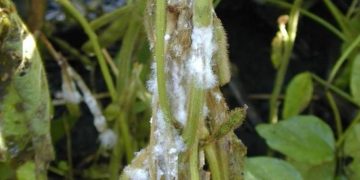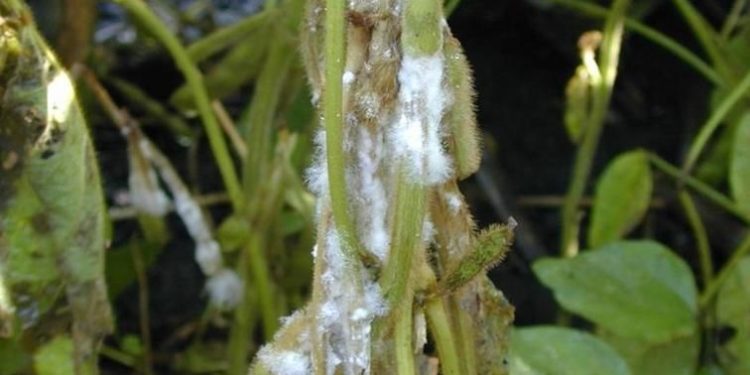#CropDisease #FungalPathogen #Agriculture #PlantHealth #Sustainability
Sclerotinia rot, caused by the fungal pathogen Sclerotinia sclerotiorum, is a major threat to crop production worldwide. This destructive disease affects over 400 plant species, including important crops such as soybeans, canola, and sunflowers, resulting in significant yield losses and economic damage.
The development of Sclerotinia rot starts with the germination of fungal spores on plant surfaces, followed by the growth of the fungus into the plant tissue. The fungus then forms hard, black structures called sclerotia, which can survive in the soil for several years and serve as a source of infection for subsequent crops.
Once a plant is infected, Sclerotinia rot can cause wilting, stem and root rot, and ultimately plant death. The disease is particularly devastating in high humidity and wet conditions, which favor the growth and spread of the fungus.
To manage Sclerotinia rot, growers often rely on a combination of cultural practices, chemical fungicides, and resistant crop varieties. However, the effectiveness of these control measures can vary depending on factors such as crop type, environmental conditions, and the presence of other diseases.
In recent years, there has been growing interest in developing sustainable and integrated approaches to manage Sclerotinia rot, including the use of biological control agents, crop rotations, and precision agriculture techniques. These approaches aim to reduce the reliance on chemical fungicides and promote a healthy and resilient agroecosystem.
Sclerotinia rot caused by Sclerotinia sclerotiorum is a significant threat to global crop production. The development of effective management strategies is crucial to mitigate the economic and environmental impact of this disease on agriculture.































